Can others dare play catch-up with India?
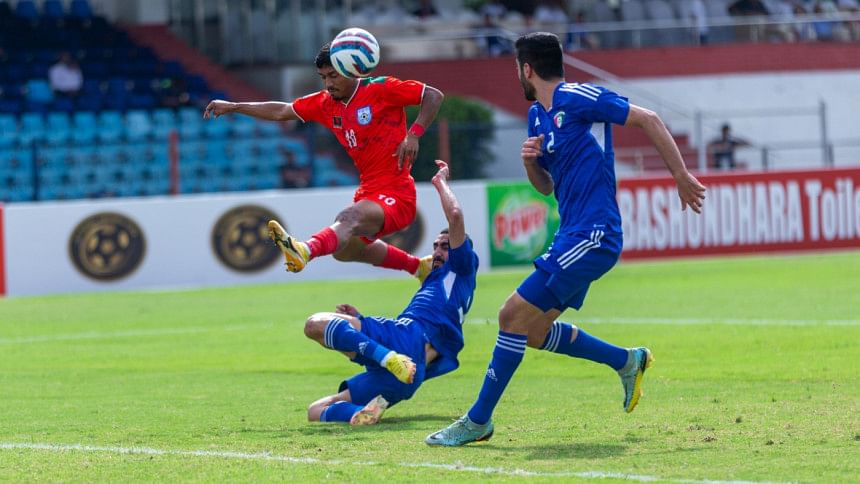
The inclusion of Lebanon and Kuwait had undoubtedly added a significant competitive edge to the recently concluded SAFF Championship in Bengaluru.
And yet, India managed to continue their regional supremacy by lifting yet another trophy by edging past Kuwait in tiebreakers at the finale.
India re-evaluated themselves against skilled Asian teams, having repelled Lebanon in similar fashion in the semi-finals, but what will the rest of the South Asian participating nations take away from the tournament? From here on, how do they gauge their standards relative to India's ever-accelerating progress?
During the tournament, India captain Sunil Chhetri tried to paint an optimistic prospect for the likes of Bangladesh, Maldives and the rest.
"If we [India] improve, everyone will improve because we are the flag bearers of the tournament. Not all teams stay on top always.
"We played a lot of matches against Nepal, Bangladesh and Maldives in the last 10 years and I felt, wow! I am pretty sure they will do well," said the star striker.
Nevertheless, if the current state and prevalent reality of the South Asian teams are compared, it could be inferred that chasing India will be a daunting task for the rest.
With India's strong domestic, youth development set-up and an overall model in place, that seems to be fine-tuned to their evolving ambition, their neighbours have no choice but to buckle up for the long run.
INDIA
Two successive Asian Cup qualifications and a FIFA ranking under 100, from being 166th in 2015, show the magnitude of India's growth as a flourishing footballing entity – coupled with the fact that India only suffered as few as two defeats against their sub-continent rivals in the past decade.
India's influence to invite two nations beyond the region for the SAFF Championship was arguably clear evidence that the Blue Tigers fancied having added incentives to perform at full potential on a level playing field. Eventually, a record-extending ninth SAFF Championship title proved a successful mission in front of a rapturous home crowd.
A stable domestic structure, with Indian Super League, and their 'Vision 2047' indicate India means business in accomplishing their ambitious mission of being one of top four teams in Asia.
They have already stepped into the cluster of top 20 Asian teams, as per latest FIFA ranking -- leaving behind Maldives, India's nearest South Asian rivals, by 54 spots.
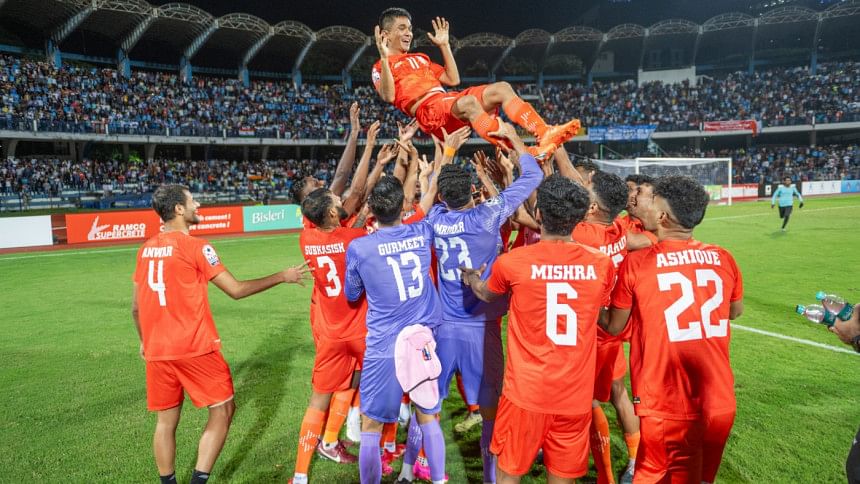
MALDIVES
Maldives have once been a force to be reckoned with, especially following the emergence of a golden generation - led by the likes of SAFF Championship joint top-scorer Ali Ashfaq who had retired. The vacuum left by those brilliant bunch left a gaping hole and as Maldives find themselves in tatters at international level. Adding to misery, a weakened league structure has made their road to recovery tougher than ever.
A Maldivian Journalist named Mohamad Shamon, who covered the latest SAFF Championship, expressed his disappointment over the current state of Maldives football and predicted "Maldives will struggle for the next five to six years at international level".
He informed a top footballer in Maldives gets a maximum USD 50,000 per season and most footballers there, except the ones from Maziya SRC, are hardly paid by their respective clubs.
Shamom asked this reporter, "Did you know that the same eleven that had played for Maziya SRC in the domestic league - also played against Bangladesh [in 2023 SAFF Championship]?"
NEPAL
In Nepal's case, it reeks of gloom as talent drain undergoes in the Himalayan nation.
"There is hardly any competition and money, most of the players are leaving the country for Australia and other countries for a better future," said Nepalese journalist Himesh, adding that a top Nepalese footballer gets 2 lakh Nepalese rupee per month.
Another Nepalese journalist, Bikram Thapa, informed, "So far in the last two years, 50 footballers have already left the country for Australia, UK, Japan, UAE and Croatia to secure their future abroad."
Thapa believes a poor league structure with three-month duration of top-flight league, alongside poor payment scheme and poor governance have halted the progress of Nepal football.
BHUTAN
Bhutan, however, does not share the problems of Maldives and Nepal.
Following a 3-1 defeat to Bangladesh in Bengaluru, Bhutan coach Pema Dorji said, "Of course, Bhutan have been far better compared to previous editions. But there is a long way to go as the boys in this group are between 24 to 30 [years]."
Despite being on the receiving end of defeats in all three fixtures against Maldives, Kuwait, and Bangladesh, they showed commendable signs of improvement.
"After going back home, the players will be busy with their clubs and our league will also start soon," said a visibly content Bhutan coach.
BANGLADESH
Meanwhile, Bangladesh had a campaign to remember this time, following an underwhelming period of 13 years despite having had a professional set-up in place.
The emergence of some young players who operated in tandem with the experienced campaigners managed to turn the tide somewhat.
The bold show of the men in red and green in all four matches in Bengaluru has renewed hopes of reviving the long-lost spark that existed in the country's football circuit.
Chhetri categorised Bangladesh as an example of progress during the tournament, and now it remains to be seen whether the Bangladesh Football Federation (BFF) can cash in on the momentum and sensibly walk the arduous distance.
SRI LANKA AND PAKISTAN
Among the South Asian teams, Sri Lanka have the biggest gap with India in rankings: a 107-place gap. And like Pakistan, the two countries have a myriad of problems to solve if they wish to escape the tag of bottom dwellers in the region.
In conclusion, India's mission has long ventured beyond asserting SAFF supremacy and the possibility of more than two opponents outside the sub-continent featuring in the forthcoming SAFF Championship editions cannot be discarded.
Thus, Bangladesh and the rest of the hopeful bunch are apparently in a race against time to speed up development and become worthy challengers before another SAFF Championship rolls out.
Whatever model has, more or less, worked until now may not work in time. It appears, the only way to catch up with India is to aim for the moon – that is, to aspire to fight neck and neck with elite Asian teams in the foreseeable future.

 For all latest news, follow The Daily Star's Google News channel.
For all latest news, follow The Daily Star's Google News channel. 



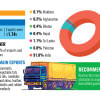
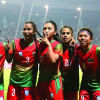


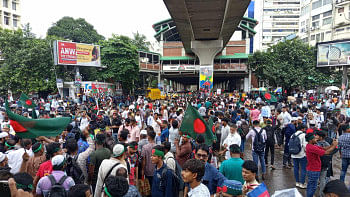
Comments